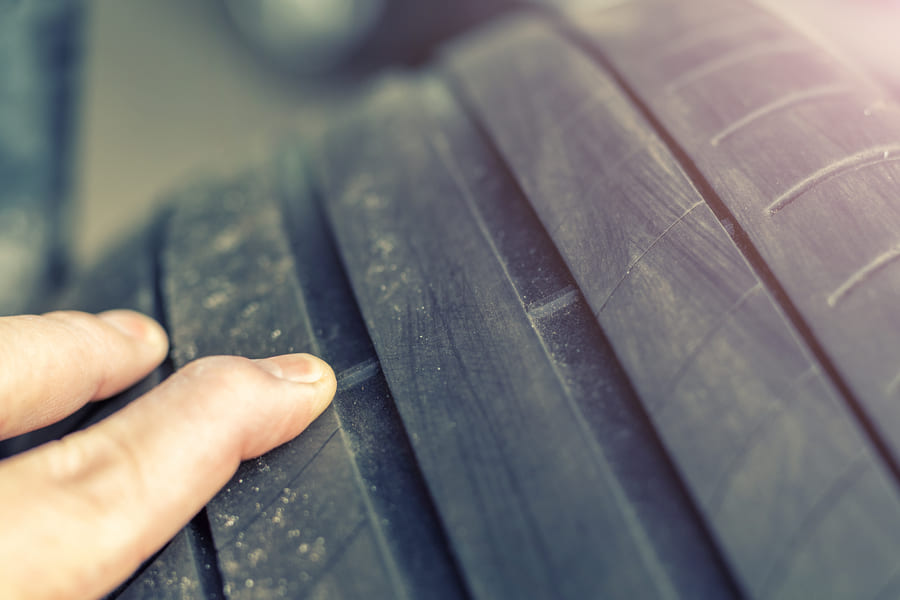
Tyre wear: indicators, chart, and patterns for excessive or uneven wear
What is tyre wear? In essence, tyre wear refers to a tyre that has lost its tread depth to the point where it has reached the tread wear indicators, …

What is tyre wear? In essence, tyre wear refers to a tyre that has lost its tread depth to the point where it has reached the tread wear indicators, …
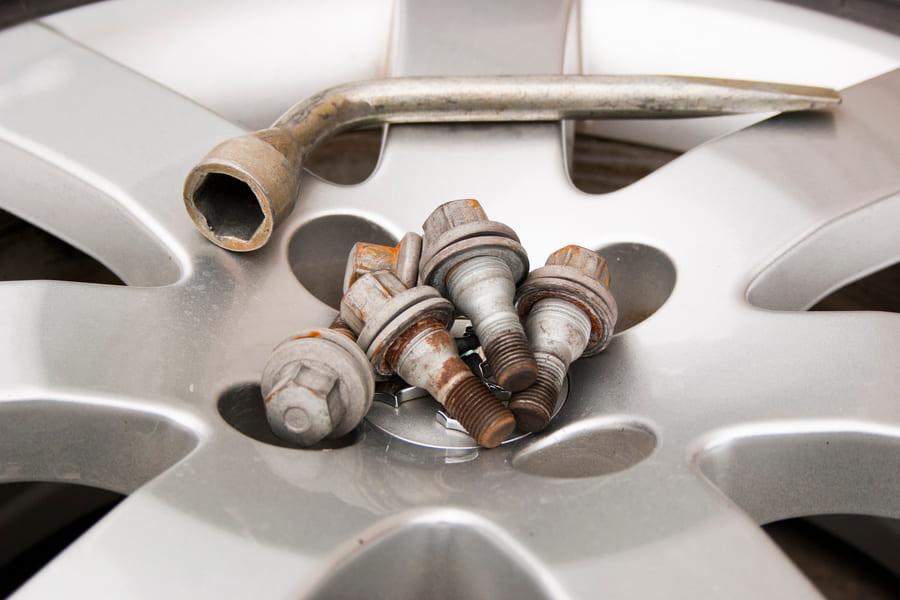
Every car manufacturer always indicates the tightening torque for bolts and nuts in the vehicle operation manual. Ignoring these recommendations is very dangerous: improperly installed fastener can cause a serious road …

With the onset of spring, when the average daily air temperature is above zero, experts recommend changing winter tyres to summer tyres. In some countries, car owners are fined …
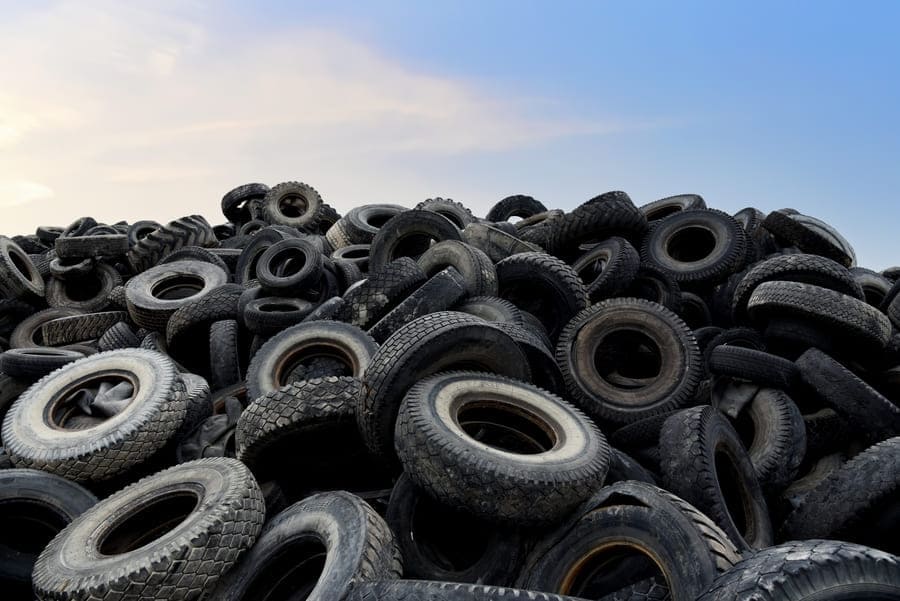
Tyres don’t last forever. How long they last can differ depending on which type you have and how much you drive. Other factors can contribute to the lifespan, such …
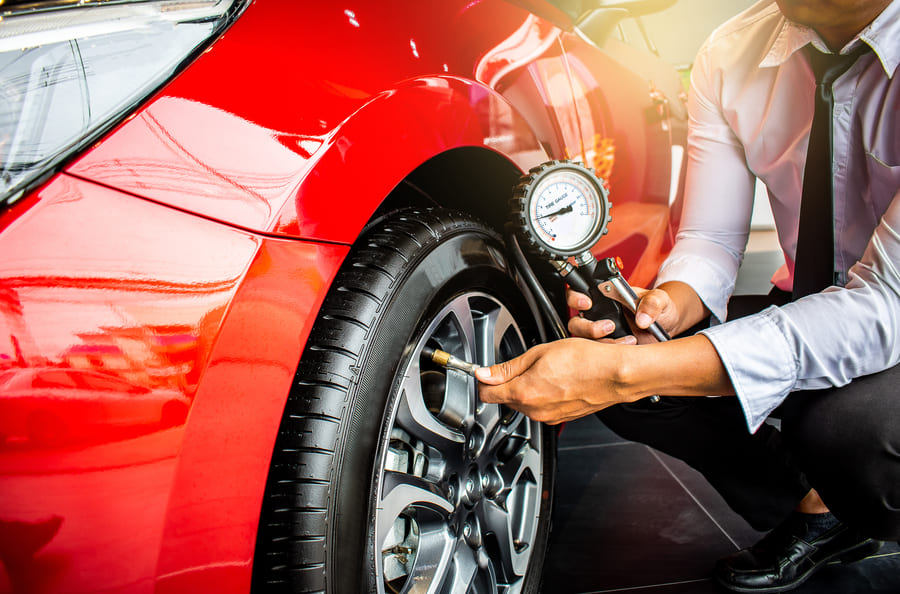
Tyre maintenance is essential for road safety and vehicle efficiency. We wouldn’t get very far without our tyres, so why do we take them for granted so frequently? People …
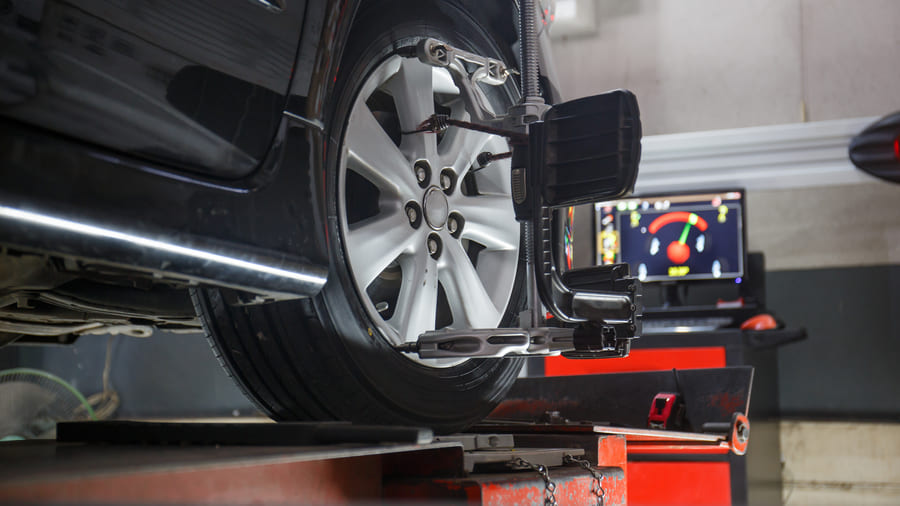
Wheel alignment refers to the angle and position of a vehicle’s wheels in relation to each other, and the process of aligning them by checking and adjusting the suspension. …
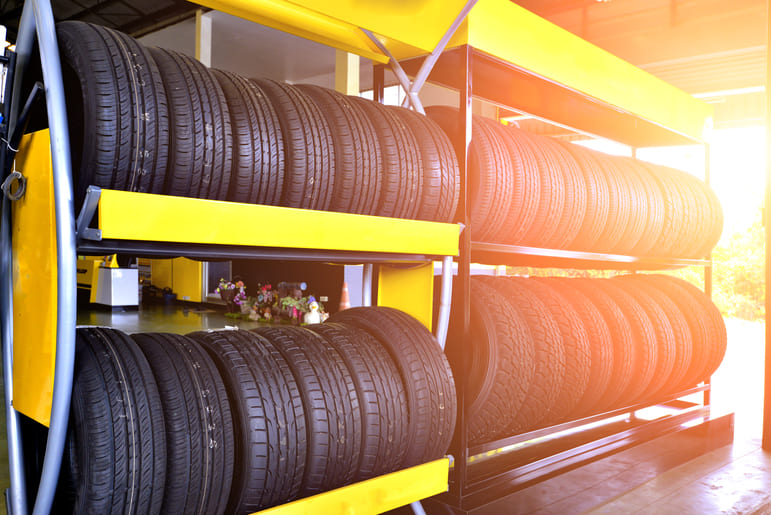
Give your car the best grip and total traction with our top 11 tyres. Tyres are some of the most important features for making your driving experience both comfortable …
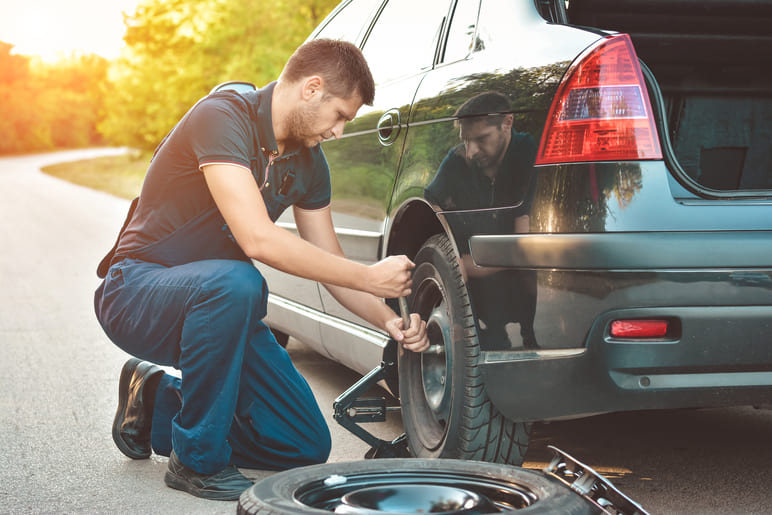
Whether it’s putting on a new set of tyres to suit the season or swapping out a flat on the motorway, changing tyres is an essential skill that every …
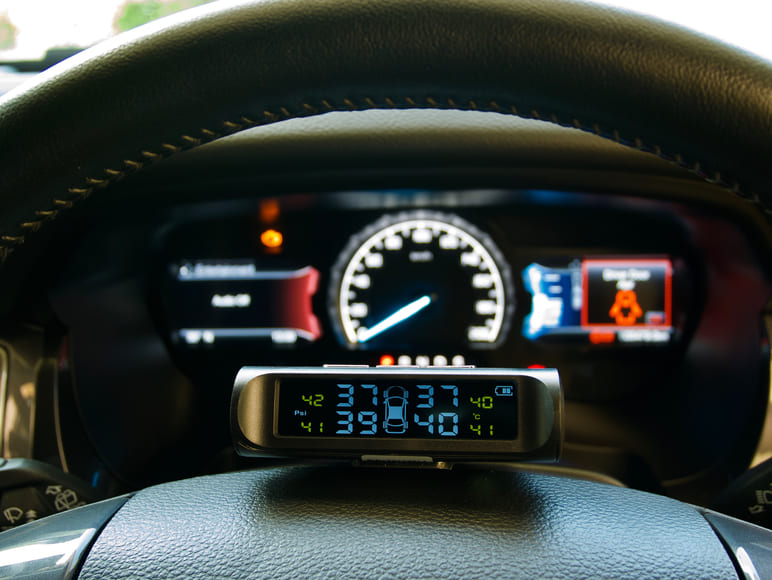
They’re mandatory on most cars and are one of the key safety features of modern driving. But what exactly do TPMS do? With all the talk of fancy new …

Run-flat tyres have transformed vehicle safety and convenience, allowing drivers to continue their journey even after a puncture. Designed with reinforced sidewalls or internal support structures, these tyres minimise …

The tyres lifespan depends both on their technical characteristics and operation conditions. While a car owner cannot affect the technical features, set by the manufacturer, he is still able to prevent …
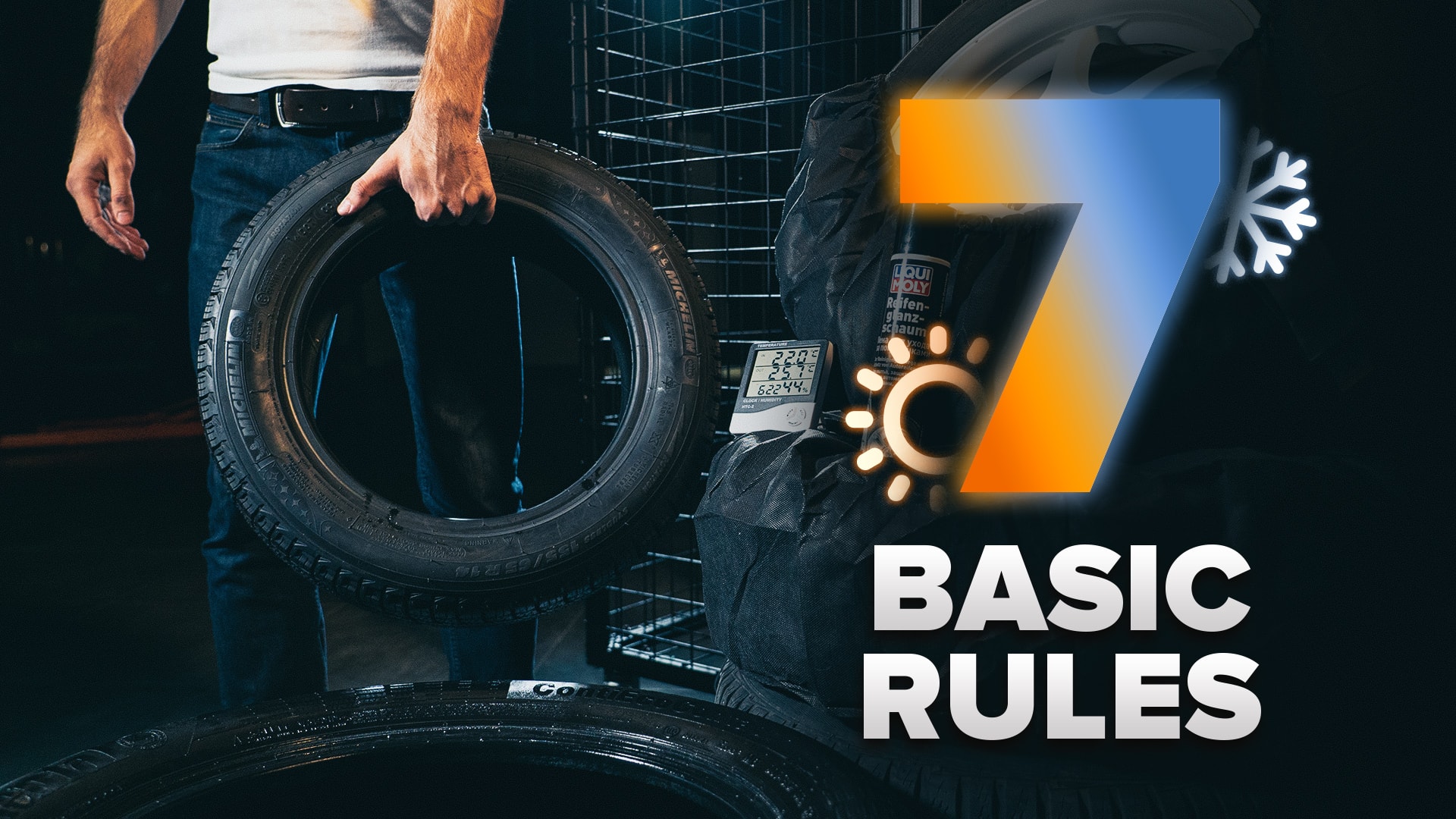
Tip 1. Find a suitable spot The tyres should be stored in a dry, clean, and well-ventilated place. The temperature should be between 10°C and 25°C. Make sure the …

Car manufacturer's recommendations.Read the owner's manual for your vehicle.Important information about your tyres may also be indicated on a sticker which you can find: on the fuel flap;on the …
